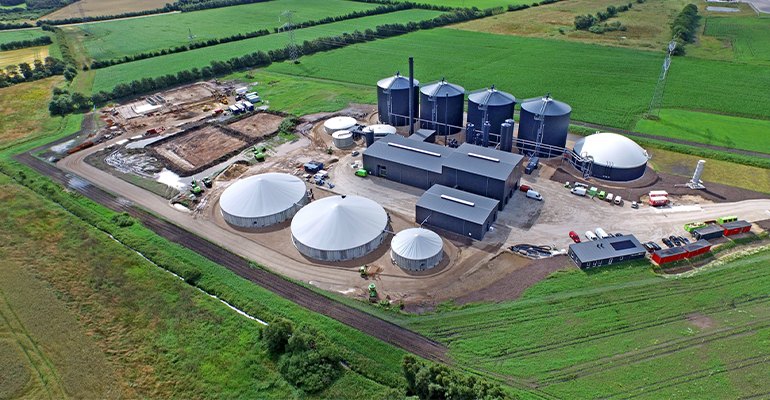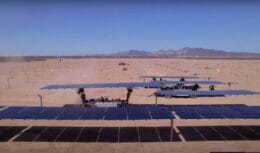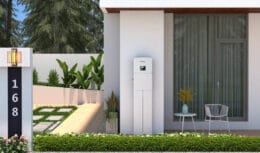
Biogas plants may soon be traded equally in the natural gas market, increasing the production of sugarcane and its inputs for consumption in the foreign market as well
Brazil has the potential to produce between 19Mm³ / d (millions of cubic meters per day) and 43Mm³ / d of biogas from derivatives of sugar cane (vinasse and filter cake) by 2030, according to projections. Presented on Thursday (05) at a biogas forum by the director of oil and gas research at the energy research company EPE, Heloísa Borges, the highest value is more than double the natural gas that the country imports from Bolivia (19Mm³ / d).
Borges estimates that Brazilian sugarcane production could grow by 1,5% per year over the next decade, reaching 802Mt by 2030. In the same period, the production of vinasse and filter cake could reach 471 billion liters and 33Mt, respectively, he said.
One of the potential markets for biogas derived from sugarcane is the agricultural sector, which may demand up to 2030Bm³ (billion cubic meters) by 11,4 – equivalent to 6,3Bm³ of biomethane, which can replace the same amount of diesel.
The value represents between 45% and 70% of the estimated consumption of diesel in the sector for 2030.
“The agricultural sector consumes between 12% and 15% of the national demand for diesel, and Brazil is an importer of this fuel”, said Borges.
According to EPE, Brazil produced 294 tons of oil equivalent to biogas in 2019, which represented 0,09% of the total energy supply and 2% of the country's electricity generation.
Last year, the country had 533 biogas plants in operation, being reformulated or renovated, with a combined production capacity of 3,8Mm³ / d. The plants are concentrated mainly in the southeast and south regions.
Production units that replace diesel with biogas will have the right to increase their degree of environmental energy efficiency and acquire decarbonization credits, known as CBIOs, through the federal program RenovaBio, José Mauro Ferreira, Secretary of Oil, Gas and Biofuels of the Ministry of Mines and Energy ( MME ), said at the event.
A gas bill, due to be voted on in the Senate soon, determines that any type of gas that does not fit the definition of natural gas will be entitled to equal treatment as long as it meets the quality specifications of the oil and gas regulatory agency. ANP , said Ferreira.
“This allows biomethane to be traded in the natural gas market,” he added.
THE "PRE-SALT CAIPIRA"
In October, Brazil became home to the largest sugarcane biogas plant in the world. Located in the state of São Paulo, the Raízen's Geo Energética has the capacity to generate 138.000 MWh / year, enough to supply 62.000 homes.
The company's head of energy transition and renewables, Raphaella Gomes, said that in the future the plant will be more than a sugarcane, biogas plant and will become an integrated refinery, using ethanol, sugarcane bagasse bioenergy, biogas and cellulosic ethanol, among other inputs.
“Once in a while we'll get to biomaterials, biochemicals. It is a big shift from what we do today with fossil fuels to biomass,” said Gomes, adding that biogas is like Brazil’s “rural pre-salt”, but closer to consumers.
Borges, Ferreira and Gomes participated in the 7th edition of the biogas forum of the local gas association Abiogás.









